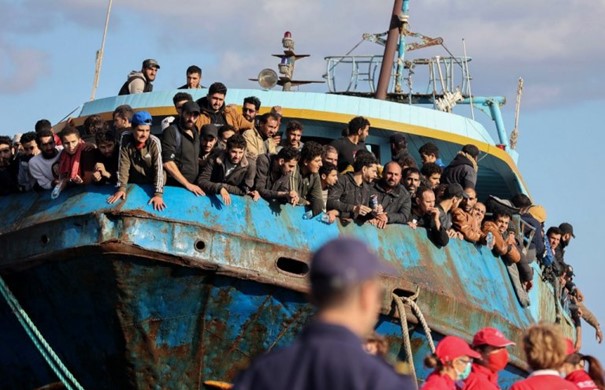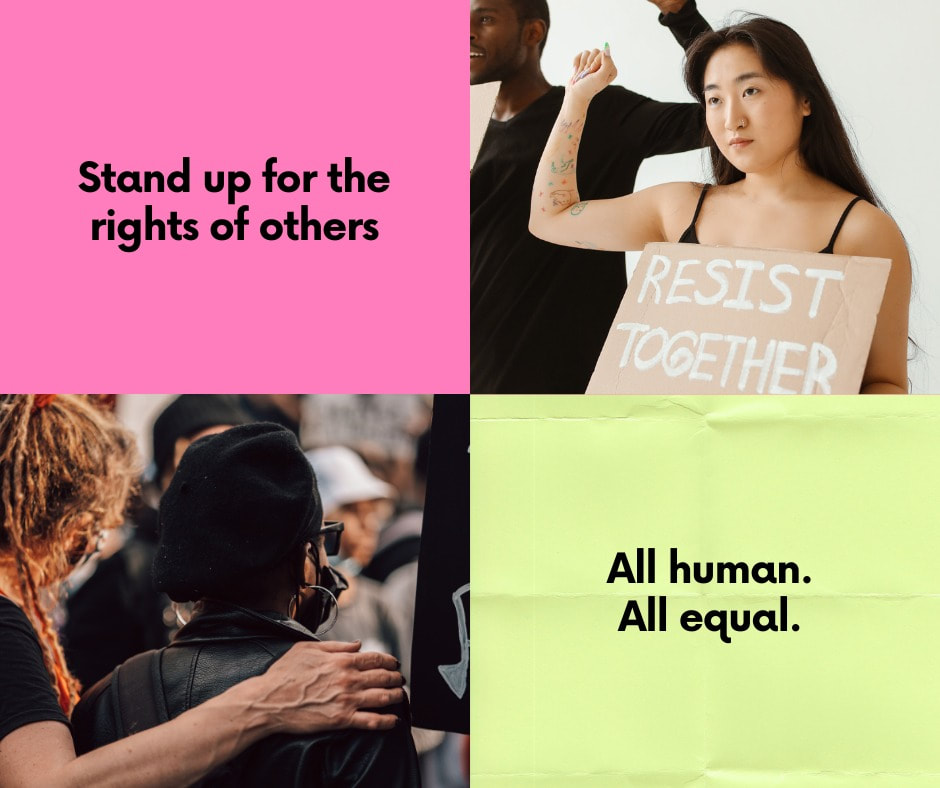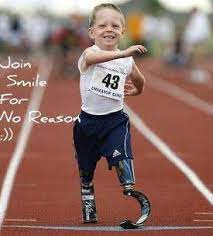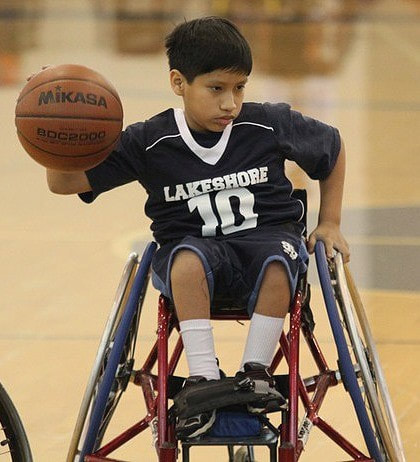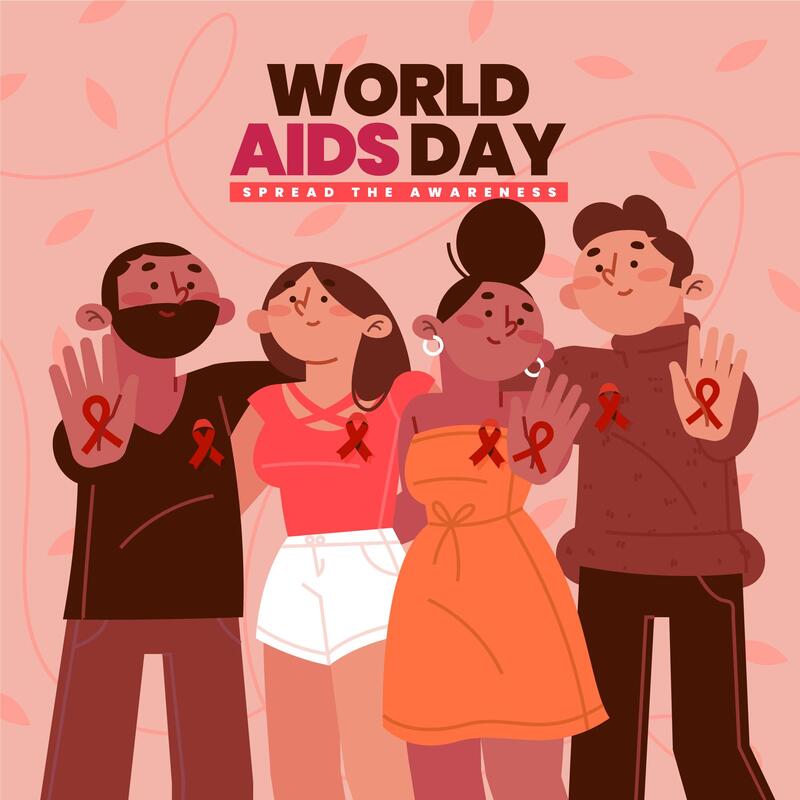281 million migrants have left their countries so far this year. Thousands of millions of people moving around the world for a better future. Although is not often recognized, the vast majority are leaving in displacement. As a result of persecution, conflict, poverty, environmental disasters, a large number of people is saying goodbye to their home and family.
While the main reason for migration has always been economic hardships, today, people do not migrate in search of a successful life. They are migrating due to violent and oppressive governments. The numbers are increasing and in 2022, displaced migrants made up 30% of global migrants.
Already an average of 22.5 million people are displaced by natural disasters. Almost 54 million people are internally disturbed due to armed conflict. Around 1.2 million children are forcibly moved. At the end of 2021, 89.3 million people were displaced worldwide. But this number continued rising and reached the 100 million mark in the first half of 2022.
Many reasons are to blame for this escalation: the Russian aggression against Ukraine, rural areas of Syria, Afghanistan, and Myanmar. Climate change and the increasing frequency of extreme weather events are also compounding the situation. In Ethiopia and the Central African Republic, migration is driven by conflict, while in China and India displacements are triggered by disasters; tropical cyclones, monsoon rains, floods, etc.
Nevertheless, much can be done to stem this flow. As Nwanze said “Our investments can transform rural areas into vibrant places where people can sustainably grow food and earn incomes even in the face of climate change and other shocks. Our investments can ensure people have decent and dignified lives”.
In 2022, the European Commission allocated 35% of the humanitarian help to refugees. About 1,4 billion euros to projects that address the needs of forcibly displaced and local communities. In the educational field, more than half supported refugee and internally displaced children. This approach aims to improve migrants' capacities by giving them access to education, health care, livelihood support, and other basic services.
The number of people living in displacement worldwide has reached an all-time high. But, behind the data are millions of lives disrupted. We must look beyond to understand and find promising initiatives to reduce the risk of future displacements. Because, above all, migration should be a choice, not a necessity.
